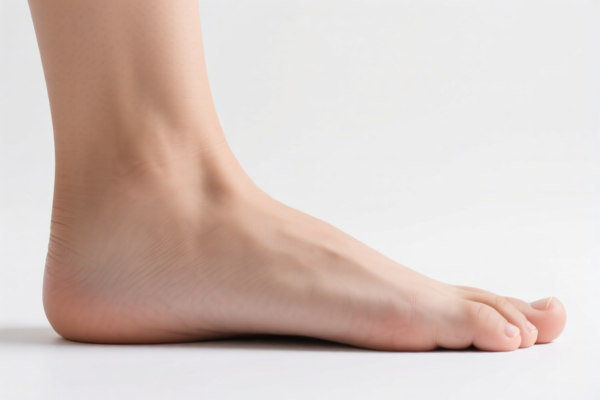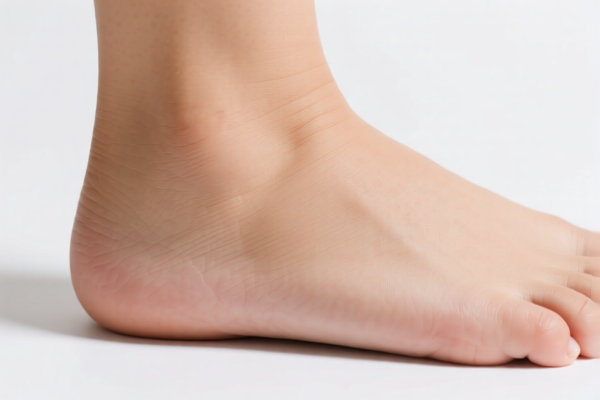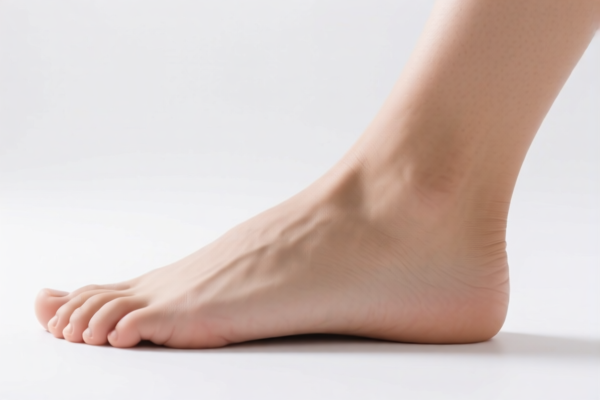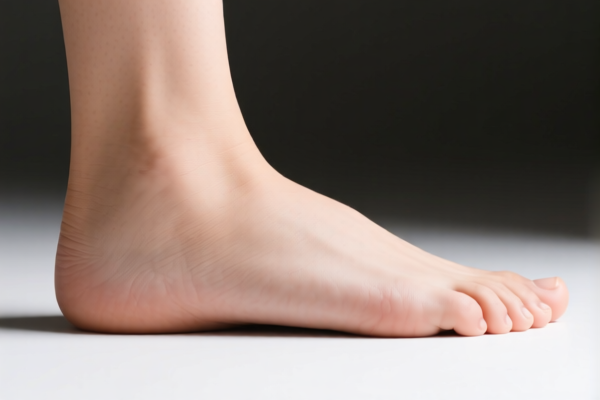| HS Code | Official Doc | Tariff Rate | Origin | Destination | Effective Date |
|---|---|---|---|---|---|
| 6403511100 | Doc | 30.0% | CN | US | 2025-05-12 |
| 6403911100 | Doc | 30.0% | CN | US | 2025-05-12 |
| 6404192515 | Doc | 45.0% | CN | US | 2025-05-12 |
| 6404193015 | Doc | 42.5% | CN | US | 2025-05-12 |
| 4015121010 | Doc | 80.0% | CN | US | 2025-05-12 |
| 4015121020 | Doc | 80.0% | CN | US | 2025-05-12 |
| 4016990500 | Doc | 40.9% | CN | US | 2025-05-12 |
| 4016995500 | Doc | 57.5% | CN | US | 2025-05-12 |
| 6115940000 | Doc | 48.8% | CN | US | 2025-05-12 |
| 6115959000 | Doc | 51.0% | CN | US | 2025-05-12 |
| 9506910030 | Doc | 42.1% | CN | US | 2025-05-12 |




Ankle
The ankle is the joint connecting the foot to the leg, crucial for movement and stability. It is a complex structure formed by the articulation of three bones: the tibia, fibula, and talus.
Anatomy
- Bones:
- Tibia (Shinbone): The primary weight-bearing bone of the lower leg, forming the inner portion of the ankle joint.
- Fibula: The smaller bone of the lower leg, located on the outer side of the ankle, providing stability and attachment points for ligaments.
- Talus: The bone that connects the foot to the lower leg, articulating with the tibia and fibula to form the ankle joint.
- Ligaments: Strong bands of tissue that connect bones and provide stability. Key ligaments include:
- Lateral Ligaments: (Anterior Talofibular Ligament (ATFL), Calcaneofibular Ligament (CFL), Posterior Talofibular Ligament (PTFL)) - Prevent inversion (rolling the foot inward).
- Medial Ligaments (Deltoid Ligament): Prevent eversion (rolling the foot outward).
- Achilles Tendon: Connects the calf muscles to the heel bone, enabling plantarflexion (pointing the toes).
- Muscles: Several muscles contribute to ankle movement, including:
- Gastrocnemius & Soleus: Responsible for plantarflexion.
- Tibialis Anterior: Responsible for dorsiflexion (lifting the toes).
- Peroneal Muscles: Assist with eversion and stability.
Function
The ankle enables a range of motion including:
- Plantarflexion: Pointing the toes downward.
- Dorsiflexion: Lifting the toes upward.
- Inversion: Turning the sole of the foot inward.
- Eversion: Turning the sole of the foot outward.
- Weight Bearing: Supports the body's weight during standing, walking, and running.
Usage Scenarios
The ankle is involved in nearly all weight-bearing activities, including:
- Walking: Providing propulsion and shock absorption.
- Running: Facilitating dynamic movement and stability.
- Jumping: Absorbing impact and generating force.
- Climbing: Adapting to uneven terrain and maintaining balance.
- Sports: Essential for activities like basketball, soccer, tennis, and gymnastics.
Common Types of Injuries
- Sprains: Stretching or tearing of ligaments, most commonly caused by twisting or rolling the ankle. (Lateral ankle sprains are the most frequent)
- Fractures: Breaks in one or more of the ankle bones, often caused by high-impact trauma.
- Tendinitis: Inflammation of tendons, typically the Achilles tendon.
- Arthritis: Degeneration of the joint cartilage, leading to pain and stiffness.
- Instability: Chronic feeling of the ankle giving way, often following repeated sprains.
Common Types of Conditions
- Osteoarthritis: A degenerative joint disease.
- Rheumatoid Arthritis: An autoimmune disease causing inflammation of the joints.
- Gout: A type of arthritis caused by a buildup of uric acid crystals in the joints.
- Tarsal Tunnel Syndrome: Compression of the posterior tibial nerve.
The term "ankle" appears as a characteristic within several commodity descriptions. Here's a breakdown of relevant HS codes based on the provided reference material:
-
6403511100: This HS code covers footwear with outer soles of rubber, plastics, leather or composition leather and uppers of leather, specifically “Other footwear with outer soles of leather: Covering the ankle: Footwear made on a base or platform of wood, not having an inner sole or a protective metal toe-cap”. Chapter 64 relates to footwear, heading 03 specifies leather footwear, and subheading 511100 further defines this category as other leather footwear covering the ankle and constructed on a wood base without inner soles or metal toe-caps.
-
6403911100: This HS code is for footwear with outer soles of rubber, plastics, leather or composition leather and uppers of leather, categorized as “Other footwear: Covering the ankle: Footwear made on a base or platform of wood, not having an inner sole or a protective metal toe-cap”. Similar to the previous code, Chapter 64 is footwear, heading 03 is leather footwear, and subheading 911100 specifies other leather footwear covering the ankle and constructed on a wood base without inner soles or metal toe-caps.
-
6404192515: This HS code applies to footwear with outer soles of rubber, plastics, leather or composition leather and uppers of textile materials, specifically “Footwear with outer soles of rubber or plastics: Other: Footwear with open toes or open heels; footwear of the slip-on type, that is held to the foot without the use of laces or buckles or other fasteners, the foregoing except footwear of subheading 6404.19.20 and except footwear having a foxing or foxing-like band wholly or almost wholly of rubber or plastics applied or molded at the sole and overlapping the upper: Less than 10 percent by weight of rubber or plastics: With uppers of vegetable fibers House slippers: Covering the ankle”. Chapter 64 is footwear, heading 04 is textile footwear, and the detailed subheading specifies house slippers with textile uppers, less than 10% rubber/plastic content, covering the ankle.
-
6404193015: This HS code is for footwear with outer soles of rubber, plastics, leather or composition leather and uppers of textile materials, categorized as “Footwear with outer soles of rubber or plastics: Other: Footwear with open toes or open heels; footwear of the slip-on type, that is held to the foot without the use of laces or buckles or other fasteners, the foregoing except footwear of subheading 6404.19.20 and except footwear having a foxing or foxing-like band wholly or almost wholly of rubber or plastics applied or molded at the sole and overlapping the upper: Less than 10 percent by weight of rubber or plastics: Other House slippers: Covering the ankle”. Chapter 64 is footwear, heading 04 is textile footwear, and the detailed subheading specifies house slippers with textile uppers, less than 10% rubber/plastic content, covering the ankle.
Regarding HS codes 6404192515 and 6404193015, the material composition of the uppers (vegetable fibers vs. other) is a key distinction. The percentage of rubber or plastics (less than 10%) is also a critical factor in determining the correct classification.
Customer Reviews
No reviews yet.